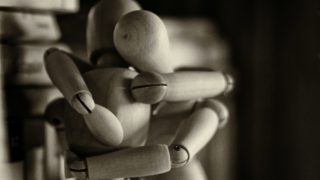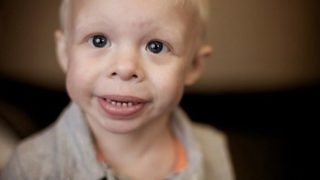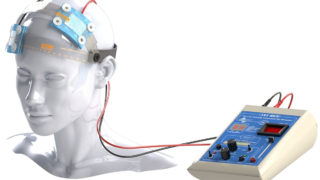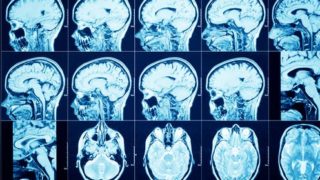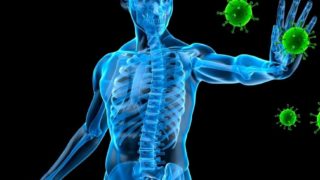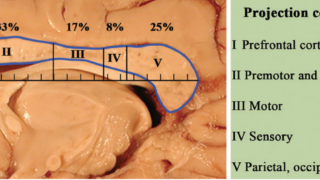
The imaginary friend
The imaginary friend is “an invisible character or personified object that takes part in children’s conversations or plays with them for a long period of time, at least several months”. The relationships are not identical; with personified objects the relationship is usually hierarchical, while with imaginary friends it is an egalitarian relationship. Peers tend to […]

